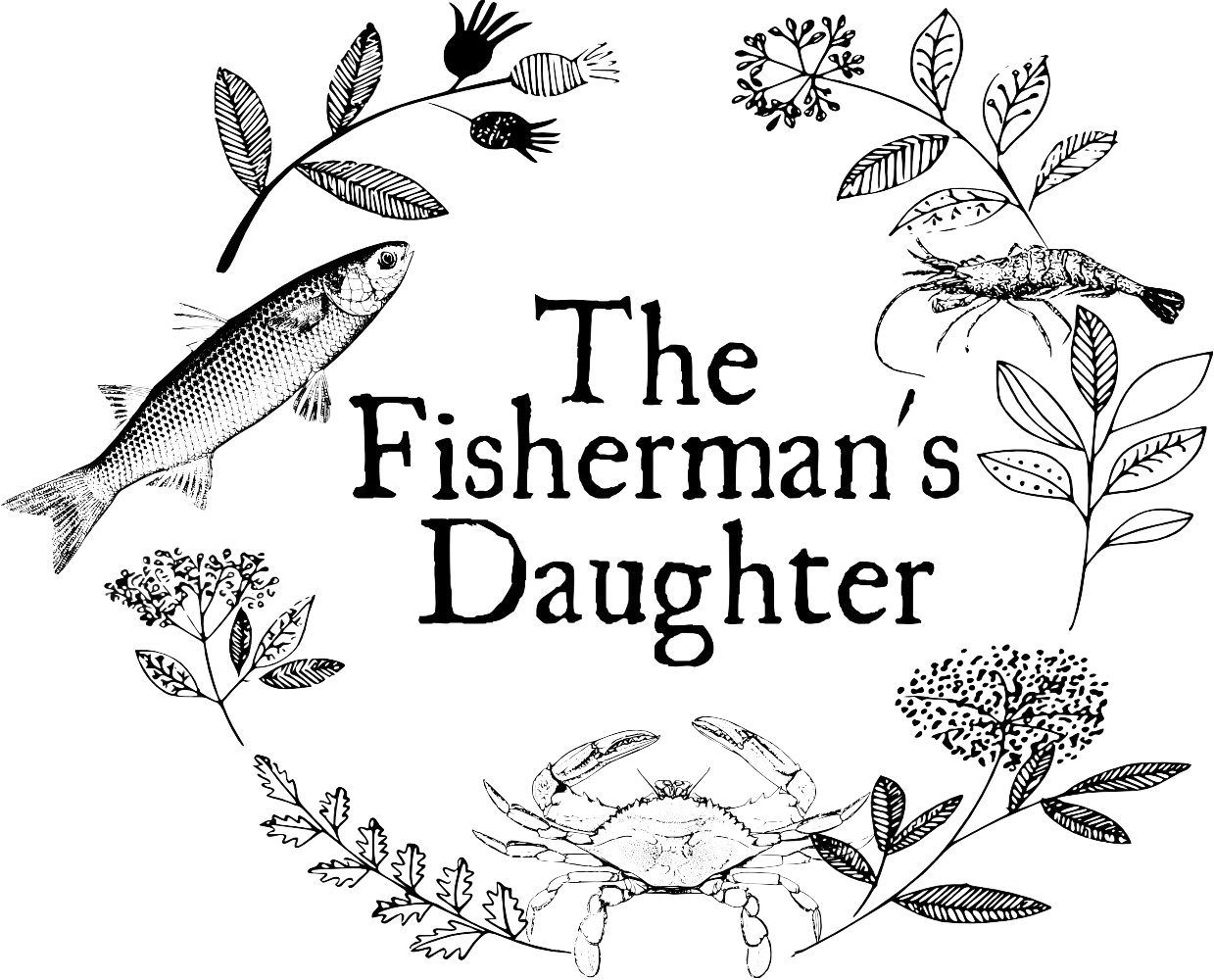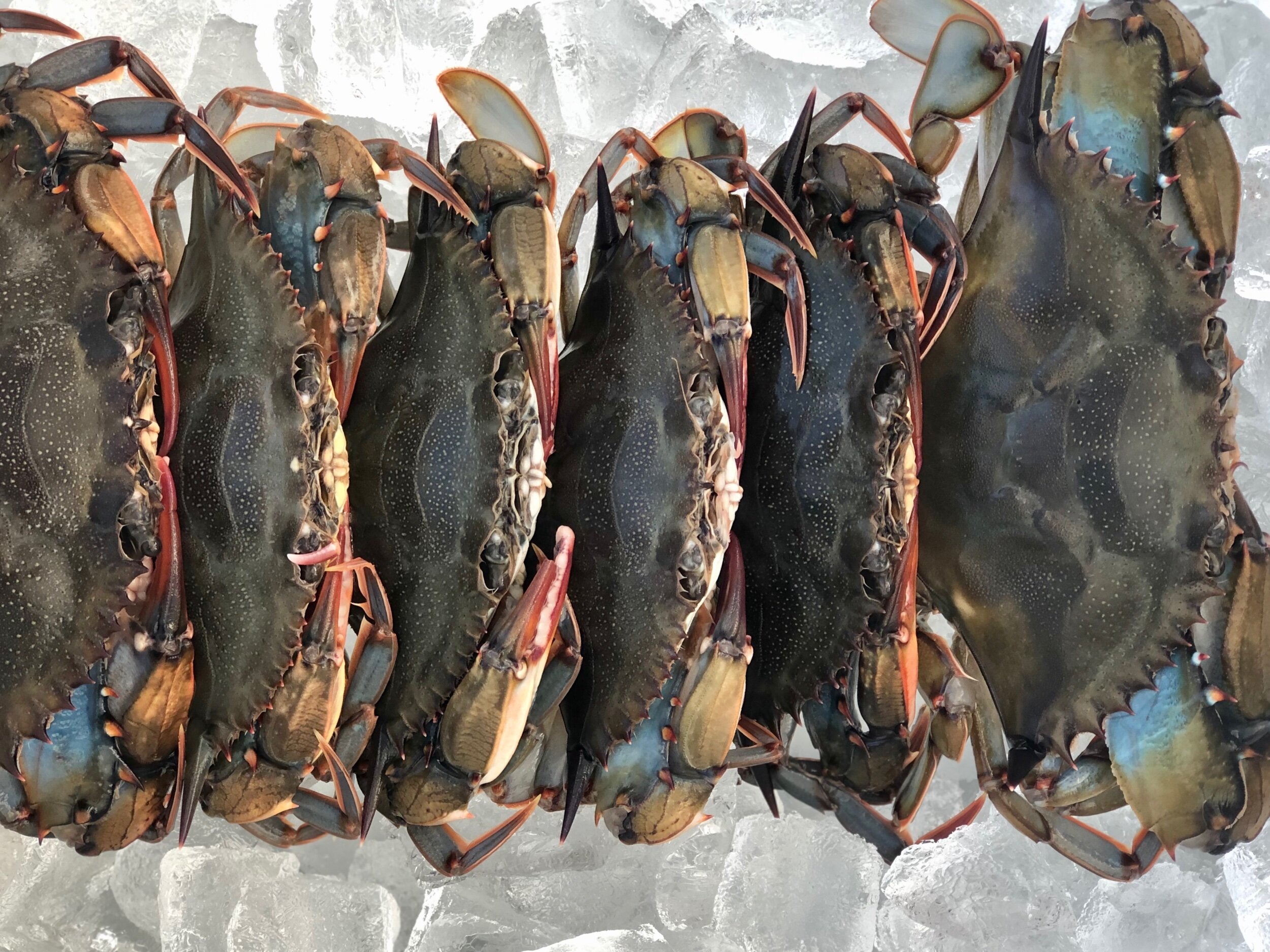Soft Shell Crabs
They’re a specialty of ours, a mainstay on our menu, and a source of local pride, from trap to tank to plate. When crabbing, the “peelers” are separated out and sorted, caught just before they begin the molting process. We hold them in large, temperature-controlled tanks until they molt. The soft crabs are then removed from the water (which stops the hardening process) and packed for market.
How to Prepare Soft Shell Crabs for Cooking
Adapted from seafood cookbook author Doug DuCap’s recipe, the following preparation techniques and cooking recommendations are concise and easy to follow. It's a simple process that begins with snipping straight across the front part of the shell, just behind the eyes. This is most easily done with a pair of scissors.
Next, lift each half of the top shell and remove the feathery gills, or 'lungs.' Then, flip the crab over and pull off the lower hinged plate (the part with the point) at the bottom of the shell. That's it—you're done!
How to Eat Soft Shell Crabs
Soft shell crabs are eaten whole, 'shell' and all. The shell is quite pliable, and the meat inside is incredibly sweet and bursting with pure crab flavor.
Simple methods of cooking are often best: sautéing, grilling, and especially, frying. As a rule of thumb, soft shells should be sautéed or fried for about 4 minutes per side, or 8 minutes total; about 5 minutes per side on the grill.
Lightly flouring the crabs and pan-frying them in butter mixed with a little oil is popular. A variation on this is to cook them in butter and olive oil, then deglaze the pan with a splash of white wine, a squeeze of fresh lemon juice, and some chopped fresh parsley, plus salt and cracked pepper to taste—an amazing and nearly instantaneous sauce.
Breaded and deep-fried soft shell crabs are a real treat. The classic sandwich is made with lettuce and tomato on a lightly toasted roll, spread with mayonnaise or just a hint of tartar sauce—nothing that might overwhelm the crab sweetness. Add a slice of lemon, and you're set!


